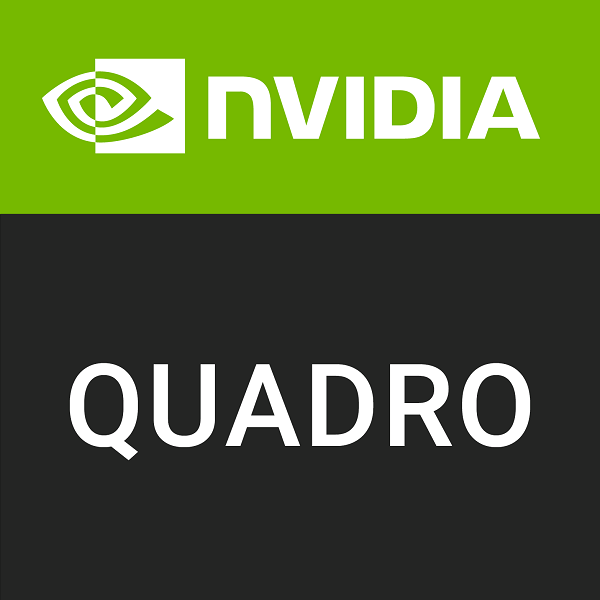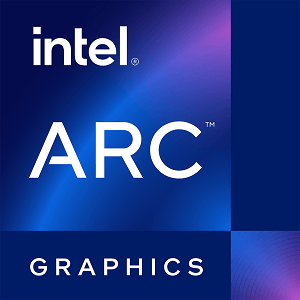NVIDIA GRID M6 8Q vs NVIDIA RTX A2000 Embedded
Abbiamo confrontato due GPU Mercato professionale: 8GB VRAM GRID M6 8Q e 8GB VRAM RTX A2000 Embedded per vedere quale GPU ha migliori prestazioni nelle specifiche chiave, nei test benchmark, nel consumo energetico, ecc.
Principali differenze
NVIDIA RTX A2000 Embedded Vantaggi
Boost Clock1612MHz
Banda VRAM più elevata (192.0GB/s vs 160.4GB/s)
1024 core di rendering aggiuntivi
Potenza termica inferiore (60W vs 100W)
Punteggio
Benchmark
FP32 (virgola mobile)
GRID M6 8Q
2.218 TFLOPS
RTX A2000 Embedded
+272%
8.253 TFLOPS
Scheda grafica
ago 2015
Data di rilascio
Sconosciuto
GRID
Generazione
Quadro Mobile
Professional
Tipo
Professional
PCIe 3.0 x16
Interfaccia bus
PCIe 4.0 x16
Velocità di clock
-
Clock base
1117 MHz
-
Boost Clock
1612 MHz
1253 MHz
Clock memoria
1500 MHz
Memoria
8GB
Dimensione memoria
8GB
GDDR5
Tipo di memoria
GDDR6
256bit
Bus memoria
128bit
160.4GB/s
Larghezza di banda
192.0GB/s
Configurazione del rendering
-
-
-
-
Conteggio SM
20
1536
Unità di ombreggiatura
2560
96
TMUs
80
64
ROPs
48
-
Core Tensor
80
-
Core RT
20
48 KB (per SMM)
Cache L1
128 KB (per SM)
2 MB
Cache L2
2 MB
-
-
-
Prestazioni teoriche
46.21 GPixel/s
Tasso di pixel
77.38 GPixel/s
69.31 GTexel/s
Tasso di texture
129.0 GTexel/s
-
FP16 (metà)
8.253 TFLOPS
2.218 TFLOPS
FP32 (float)
8.253 TFLOPS
69.31 GFLOPS
FP64 (doppio)
129.0 GFLOPS
Design della scheda
100W
TDP
60W
300 W
PSU suggerito
-
No outputs
Uscite
No outputs
None
Connettori di alimentazione
None
Processore grafico
GM204
Nome GPU
GA107S
GM204-995-A1
Variante GPU
-
Maxwell 2.0
Architettura
Ampere
TSMC
Fonderia
Samsung
28 nm
Dimensione del processo
8 nm
5.2 miliardo
Transistor
Sconosciuto
398 mm²
Dimensione del dado
Sconosciuto
Funzionalità grafiche
12 (12_1)
DirectX
12 Ultimate (12_2)
4.6
OpenGL
4.6
3.0
OpenCL
3.0
1.3
Vulkan
1.3
5.2
CUDA
8.6
6.4
Modello Shader
6.6



